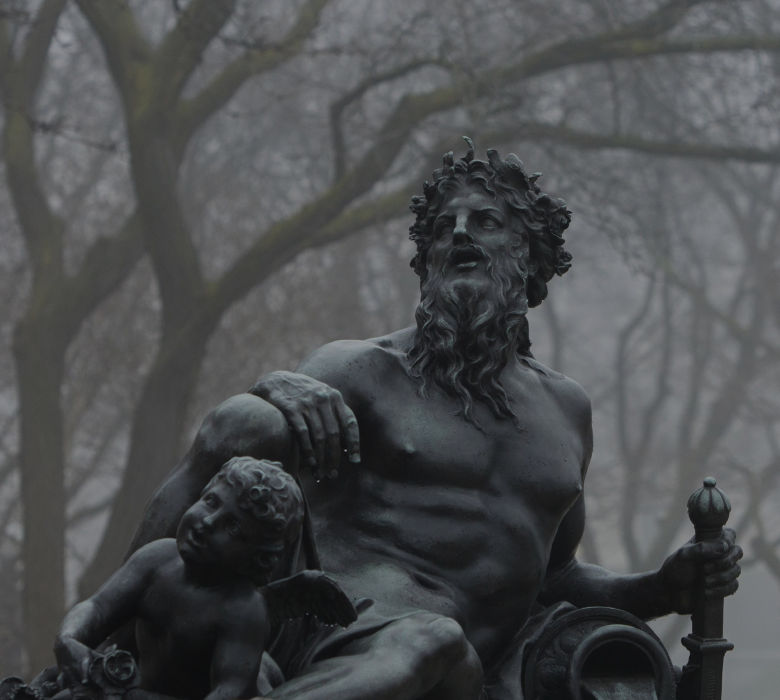The Art of Dining
Food Culture in the Islamic World
The Art of Dining brings together 230 works from the Middle East, Egypt, Central and South Asia, and beyond to explore connections between art and cuisine from ancient times to the present day. Paintings of elaborate feasts, sumptuous vessels for food and drink, and historical cookbooks show how culinary cultures have thrived in the Islamic world for centuries. Highlighting the relationship of these works to preparing, serving, and enjoying food, the exhibition engages multiple senses and invites us to appreciate the pleasures of sharing a meal.
Originally organized by the Los Angeles County Museum of Art (LACMA), the exhibition includes works from 30 public and private collections from across the U.S., Europe, and the Middle East, and 16 from the DIA's collection.

Catalogue
Buy nowExhibition:
The Art of Dining
Dates:
September 22, 2024 - January 5, 2025
Location:
Special Exhibitions space on the second floor of the South wing
General museum admission is FREE for residents of Wayne, Oakland, and Macomb counties.
From the Exhibition
Artwork From the Exhibition
We like to present exhibitions that reflect our communities, and aside from our gallery of Islamic art, which visitors can see any time, it has been a long time since the museum has presented an exhibition focused on art of the Islamic world.
A Note on the Exhibition
Director Salvador Salort-Pons
Sponsors
The Art of Dining: Food Culture in the Islamic World is organized by the Los Angeles County Museum of Art.
At the Detroit Institute of Arts, the exhibition is generously supported by the Friends of Asian Arts and Cultures.
The Art of Dining: Food Culture in the Islamic World has been made possible in part by a major grant from the National Endowment for the Humanities: Democracy demands wisdom.
Any views, findings, conclusions, or recommendations expressed in this exhibition do not necessarily represent those of the National Endowment for the Humanities.




Explore Membership Options
Immerse yourself in unique history and culture and enjoy greater access, exclusive events, and more



















